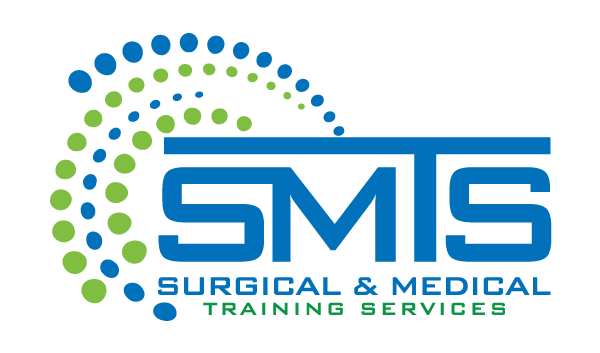A few decades ago, there was no such thing as aesthetic medicine. We had general surgeons, specialists, and plastic surgeons. To regain a more youthful appearance meant seeing a board-certified plastic surgeon for a facelift. Now, we not only have nuanced procedures such as neck lifts, eyelid lifts, and brow lifts but we also have a plethora of nonsurgical modalities from which patients can choose to address specific cosmetic concerns. Hence, the field of aesthetic medicine was born.
Once the development of nonsurgical treatments began, innovation has not stopped. At this time, we are seeing yet another dermal filler on the horizon. In the works by a subsidiary of Silk, Inc., this new filler differs from those that are currently popular in its active ingredient. Where many of the dermal fillers used today have a base ingredient of hyaluronic acid, this new filler, as you may have guessed, is made of silk. According to the developer, the product is made of pure silk protein in an Activated silk suspension.
Why would doctors consider another soft tissue filler option for their patients? Silk, Inc. is banking on values such as comfort, flexibility, and duration. The product’s maker believes that patients may have fewer and less intense side effects from the silk ingredient. Also, like the hyaluronic acid fillers used today, this new filler will provide the flexibility to treat various areas and achieve a range of timeframes for results, from 3 months to 2 years.
WHERE CADAVERS FIT INTO ALL OF THIS
Cadavers have been widely used for years in undergraduate and postgraduate educational programs. This method of training is recognized for its relevance to surgeons and other specialists but not so much for the value it provides to cosmetic physicians and staff. Part of the process of gaining FDA approval, and part of the familiarization process for physicians and other providers, includes testing new products on human tissue.
The use of cadavers for cosmetic practices is advantageous for teaching complex facial anatomy and for observing the effects of a given technique or ingredient on human tissue. The cadaver is, in all respects, a surrogate for a live human patient. Even in the area of nonsurgical aesthetic treatments, the role of the provider is to do no harm. Cadavers facilitate this objective.
SMTS – Surgical & Medical Training Services has been established to improve patient care and outcomes through focused teaching. To learn more, call (888) 801-9444.

